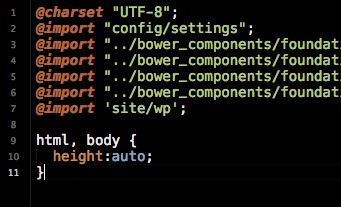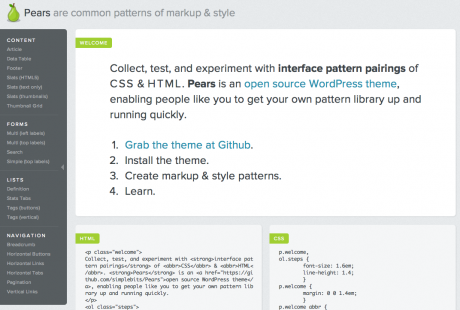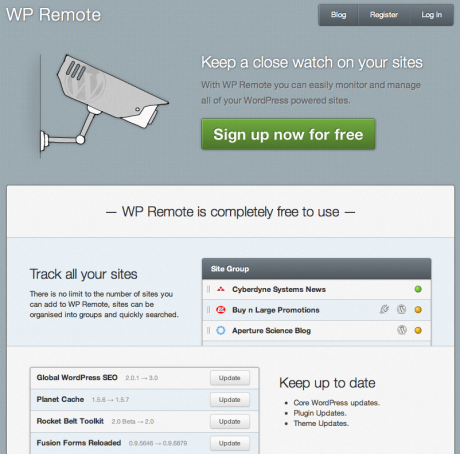Every Monday 600+ Ramsey Solutions team members gather for our weekly all staff meeting. The meeting usually runs about 90 minutes. The aim is to ensure that all team members have insight into the wide variety of initiatives the company has undertaken and to see where we’re winning and where improvement needs to be made.
Ramsey Solutions has been named one of the “Best Placed to Work in Nashville” 10 times running. We’re hiring like mad, but with intention. With all the new team members joining us, the Ramsey Solutions board understands the importance of reinforcing our company culture. One way we do this is by hosting 15 minute, panel-style interviews with the board. These sessions are usually very conversational and fun to observe and contain answers to questions submitted by the team. Our company hierarchy is very relational (as opposed to positional) and these panels help show that our board is just a bunch of regular ol’ humans much like ourselves.
There are some great leadership concepts I’ve learned during my tenure here that I was reminded of in this presentation. I’ll be interested in your comments below.
***
Leadership Panel Members: Herb Jenkins, Pete Young, Jen Seivertsen, Lara Johnson, Suzanne Simms and Brian Williams
Authors Note: These are all paraphrased statements from the Ramsey Solutions staff meeting November 6, 2017. Words are my own, but intent is theirs.
- Humility is demonstrated when you can identify where team members are struggling. Turn on your ears, listen up and understand that credibility is gained by how you treat your team, regardless of your role.
- New leaders… Question everything but keep it open-handed. Some things we do are purposeful but others are sacred cows that should be shot (or slowly poisoned).
- Intentionality surrounding communication is key. Buy-in and candor with leadership are paramount to your success.
- The sheer level of talent across teams can be intimidating. Don’t be insecure that you’re not contributing to some self-perceived level.
- Don’t forget who it is that we are here to serve.
- Don’t be surprised when leadership is slower moving than you’d like. Their perspective may well be “This is how we’ve done it and it’s worked. Why change?” It’s your job to understand that history and then consider whether those assumptions can/should be challenged.
- Understand what your leaders want to accomplish and how your role contributes. Your ability to pull in that same direction is how you will build you own credibility.
- Be self aware. Ask those around you to help identify areas where you might need more awareness. Know that there will always be blind spots, so be comfortable in your own skin and own who you are. Build influence through confidence in yourself and your ideas.
- Influence is a natural byproduct of trust. Trust is built from patience and going thru conflict together.
- Kill your Key Responsibility Areas (KRA’s). Own your key responsibilities and be the guy or gal that is known to execute well. Over serve your leaders. Wayne Gretzky says “Skate to where the puck is going”. Use your skillset to help your leader see the future from a perspective that they might not have insight into.
- Leaders talk. A lot. About you.
- Communication; do it well and do it often. Know who to include, why and when you’re trying to drive an initiative forward. Be direct. Be clear. Be concise. Pay attention to how your communication is perceived.
- Help your leaders obtain and process the information they need to make good decisions. Don’t assume they have the same insight as you.
- An “us versus them” mentality should be a warning flag. Internal infighting means we’re not collaborating well. Work to break down cross-team barriers to ensure we’re all pulling in same direction.
- Understand why we do certain historical processes. Gain knowledge and wisdom from existing leaders.
- Our core values actually mean something. They’re not just on the walls, they’re on the walls for a reason.
- Grooves are comfortable. Leverage new perspectives but be a champion for our culture. Learn new things but passionately protect the tenets that make us great.
- Learn how to make fun of yourself. Take your work seriously but make fun of yourself at least once a day.
- New leaders should know the war stories. You may not have been present, but they are our landmarks. Knowing where we’ve been helps us to shape the future.
- Work from passion not from fear.
- Find a mentor. Get guidance. Be challenged by someone.



